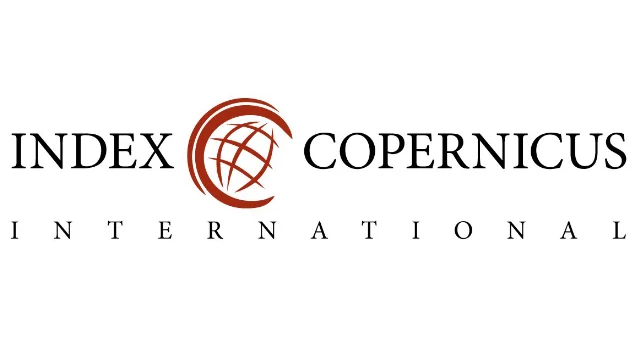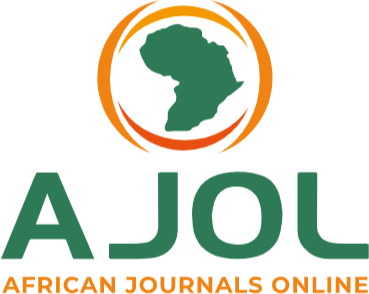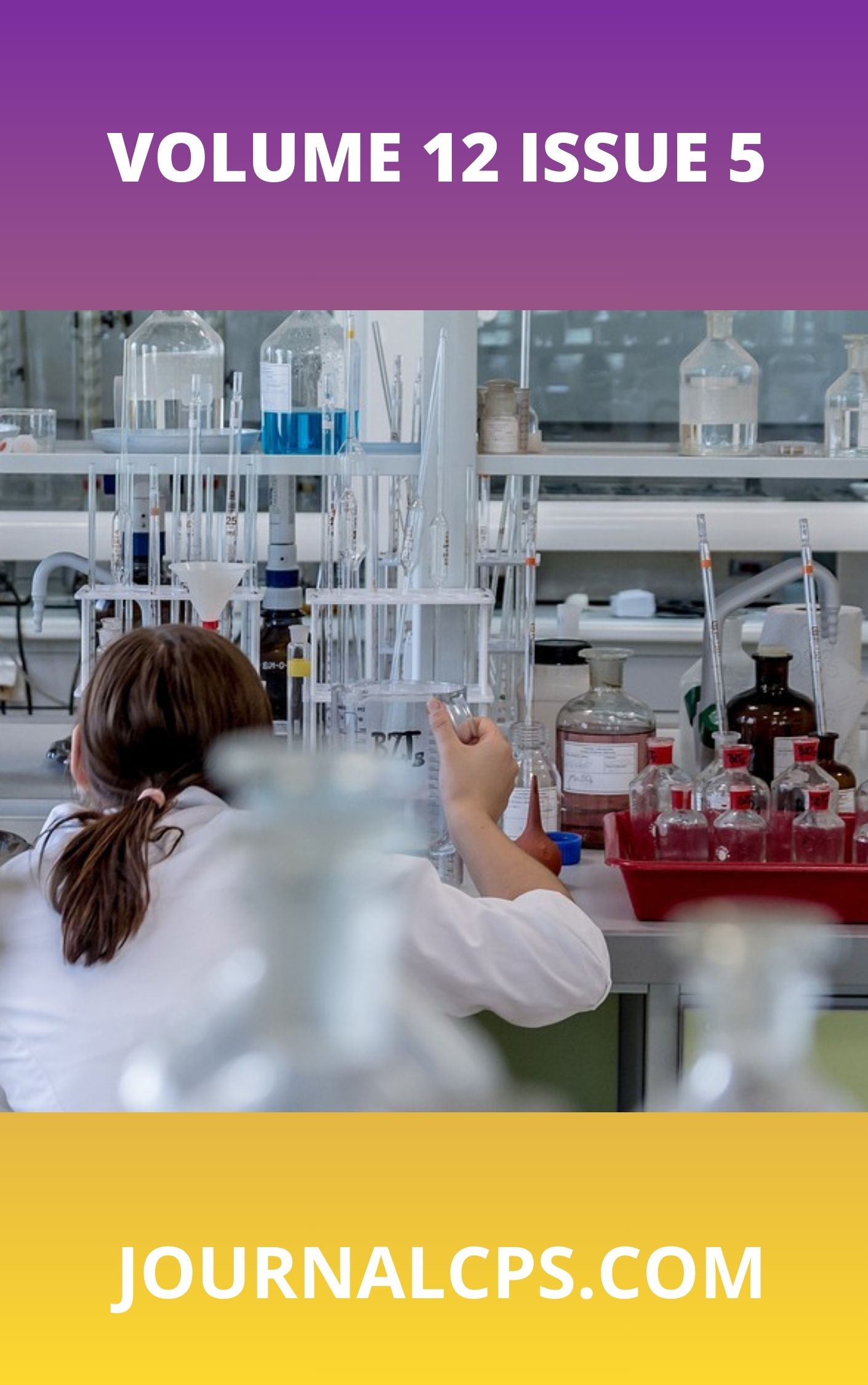Physical And Mechanical Properties of Composite and Pure Briquettes Produced from Rice Husk, Groundnut Shell and Palm Kernel Shell Using Cassava Starch
Keywords:
Biomass briquettes relaxed densities, water absorption, water resistance, shatter index, shatter resistance and compressive strengthAbstract
The increase in agricultural and industrial wastes, coupled with inadequate disposal methods, has led to severe environmental challenges. One sustainable solution is converting these wastes into bio-briquettes for domestic and industrial energy applications. This study evaluated the physical and mechanical properties of briquettes produced from rice husk (RH), groundnut shell (GS), and palm kernel shell (PKS), using cassava starch as a binder. The briquettes, both composite and single biomass, were assessed for relaxed density, water absorption, water resistance, shatter index, shatter resistance, and compressive strength. The relaxed densities ranged from 250 to 370 kg/m³, water absorption from 40.8% to 61.3%, and water resistance from 38.86% to 59.19%. Shatter index values were between 2.64% and 10.82%, with corresponding shatter resistance of 89.2% to 97.4%. The compressive strength, measured using a universal testing machine (UTM), ranged from 1.10 to 1.80 kN. Among the samples, the composite briquette with a 40:30:30 ratio of RH: GS: PKS showed superior mechanical strength and structural integrity, making it the most suitable for fuel applications.
Similar Articles
- Kizito O. Musa, Assessment of Groundwater Potential and Aquifer Characteristics using Inverted Resistivity and Pumping Test Data within Lokoja Area, North-central Nigeria , Communication In Physical Sciences: Vol. 9 No. 3 (2023): VOLUME 9 ISSUE 3
- Uba Sani, Abdulkadir Ibrahim, Akande, Esther Oluwatoyosi, John, Oghenetega Mercy, Murtala, Mohammed Rumah, Assessment of Surface Water Quality in Zaria Metropolis: Implications for Environmental Health and Sustainable Management , Communication In Physical Sciences: Vol. 11 No. 3 (2024): VOLUME 11 ISSUE 3
- Usoro M. Etesin, Hydrochemical study of shallow ground water in Ikot Abasi Coastal Aquifer , Communication In Physical Sciences: Vol. 7 No. 3 (2021): VOLUME 7 ISSUE 3
- Chidumebi Uzoho, The Role of Contaminated Water in Food Poisoning: An Assessment of Agricultural and Processing Practices , Communication In Physical Sciences: Vol. 12 No. 3 (2025): VOLUME 12 ISSUE 3
- Olusegun Sowole, Funke Roseline Amodu, Absorption of Solar Infrared Radiation by Tropospheric Water Vapour in Abeokuta Southwest of Nigeria , Communication In Physical Sciences: Vol. 6 No. 1 (2020): VOLUME 6 ISSUE 1
- S. A. Odoemelam, A. M. Udongwo , Heavy Metals Pollution in Surface Water and Sediment of Lower Cross River System in Akwa Ibom State, Nigeria , Communication In Physical Sciences: Vol. 5 No. 2 (2020): VOLUME 5 ISSUE 2
- Nde, Ndifreke Bassey, Inyang, Solomon Patrick, Studies on the Levels of Heavy Metal Ions in Stream and Borehole Water within Ibiaku Osuk Settlement, Akwa Ibom State, Nigeria , Communication In Physical Sciences: Vol. 7 No. 3 (2021): VOLUME 7 ISSUE 3
- Emeka C. Ogoko, Water Quality Assessment of Dug Wells in Lagos Island, Southwestern Nigeria , Communication In Physical Sciences: Vol. 4 No. 2 (2019): VOLUME 4 ISSUE 2
- Vincent Oseikhuemen Odia-Oseghale, Joseph Odion Odia-Oseghale, Environmental Implications of Quarrying and Waste Management: A Case Study of Okhoro, Benin City , Communication In Physical Sciences: Vol. 12 No. 4 (2025): VOLUME1 2 ISSUE 4
- Henry Ekene Ohaegbuchu, Obinna Christian Dinneya, Chukwunenyoke Amos-Uhegbu, Paul Igienekpeme Aigba, Groundwater quality index (GQI) assessment of 12 wells in a rural area , Communication In Physical Sciences: Vol. 10 No. 2 (2023): VOLUME 10 ISSUE 2
You may also start an advanced similarity search for this article.




